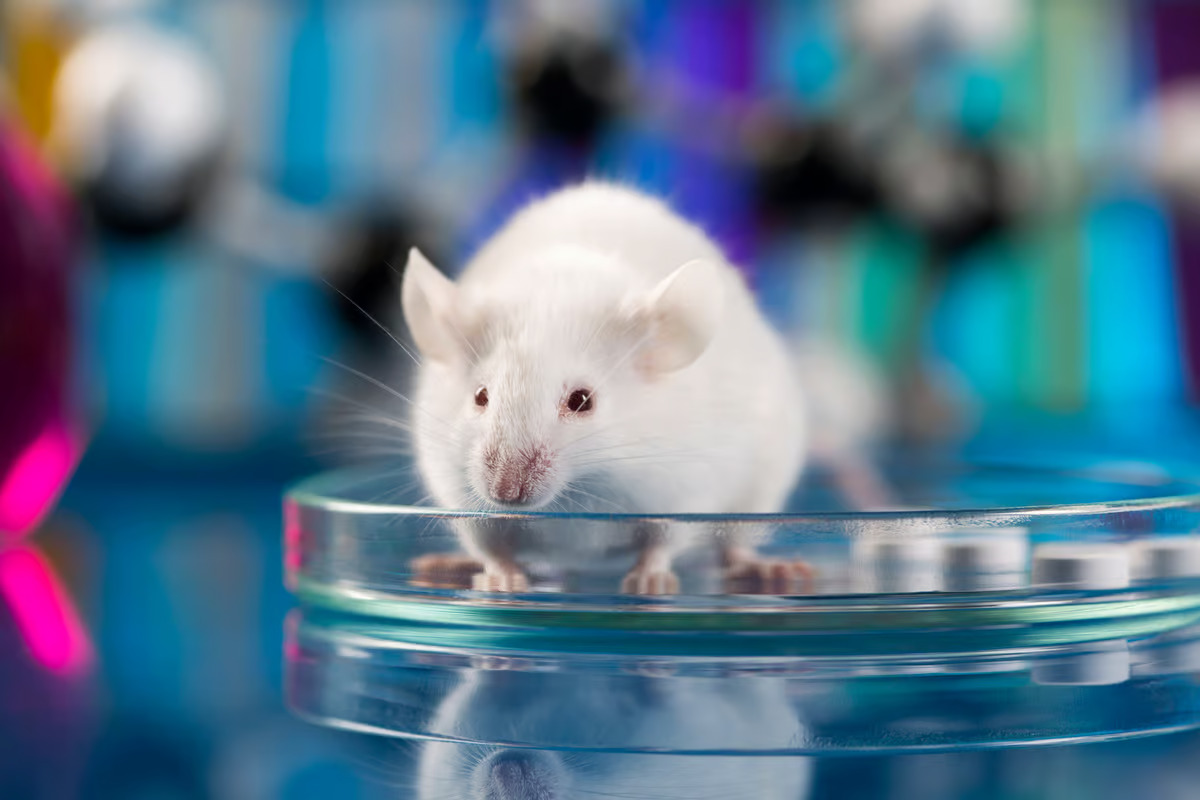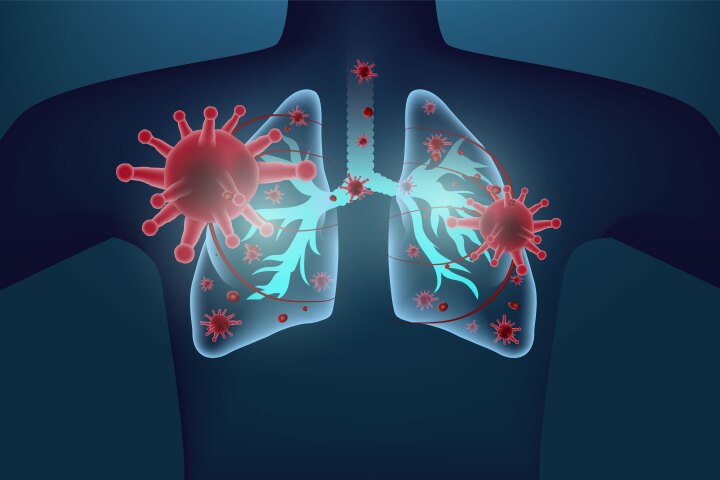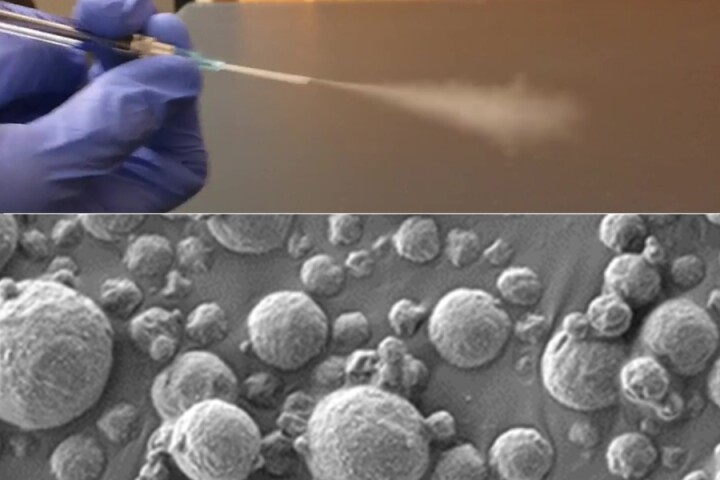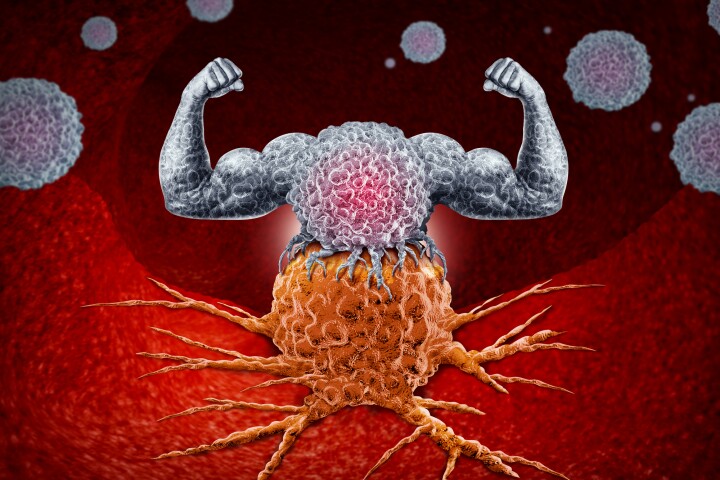 Scientists have identified a set of neurons in the brain that, when activated, allow mice to live longer and healthier lives. Depositphotos –
Scientists have identified a set of neurons in the brain that, when activated, allow mice to live longer and healthier lives. Depositphotos –
In the new study, researchers at the Washington University School of Medicine in St. Louis identified a line of communication between the brain and fat stores, which play a key role in the body’s energy production system. Like many things, this connection slows down as we age, and as it does it contributes to some of the health issues that plague us in our later years, like weight gain.
On the plus side, the team also found that they can activate this system in mice and counteract those negative effects, increasing their lifespan and keeping them healthier for longer. With more work, it’s possible that this could also be applied to humans.
The breakthrough began when the scientists identified a specific set of neurons in a region of the brain called the dorsomedial hypothalamus. When active, these neurons were found to produce a protein called Ppp1r17, triggering a chain of events that activates white fat tissue in the body. This causes it to release two things – first fatty acids enter the bloodstream, where they can be used to fuel physical activity. Secondly, an enzyme called eNAMPT is released back to the hypothalamus to fuel the brain’s functions.
While this system works well in youth, it begins to slow down due to natural aging. The team found that in older animals, Ppp1r17 leaves the nucleus of the neurons and reduces the strength of their signals. As the nervous system to the fat tissue gets less use, it retracts over time and the fat tissue receives fewer signals to release its molecules. That in turn leads to fat accumulation and reduced energy available for the body.

But can that process be slowed down? To find out, the researchers activated these neurons in older mice in two ways. In one group, they knocked out the genes involved in the process, and in another they supplemented the mice with more eNAMPT.
In both cases, the treated mice were found to be more active, showed fewer physical signs of aging – like thinning coats – and lived longer than control mice. Those untreated mice had all died by the age of 1,000 days (about 2.7 years), which is the upper limit for natural aging, but the treated mice squeezed out an extra 60 to 70 days – an increase of about 7%.
While there’s a long way to go before this could be applied to humans, the team says there is hope. If the same 7% increase in lifespan could be achieved, it would equate to around five more years for a human with a life expectancy of 75 years. As a bonus, patients could spend more of those years in better health.
The research was published in the journal Cell Metabolism.
Source: Washington University in St. Louis
–























